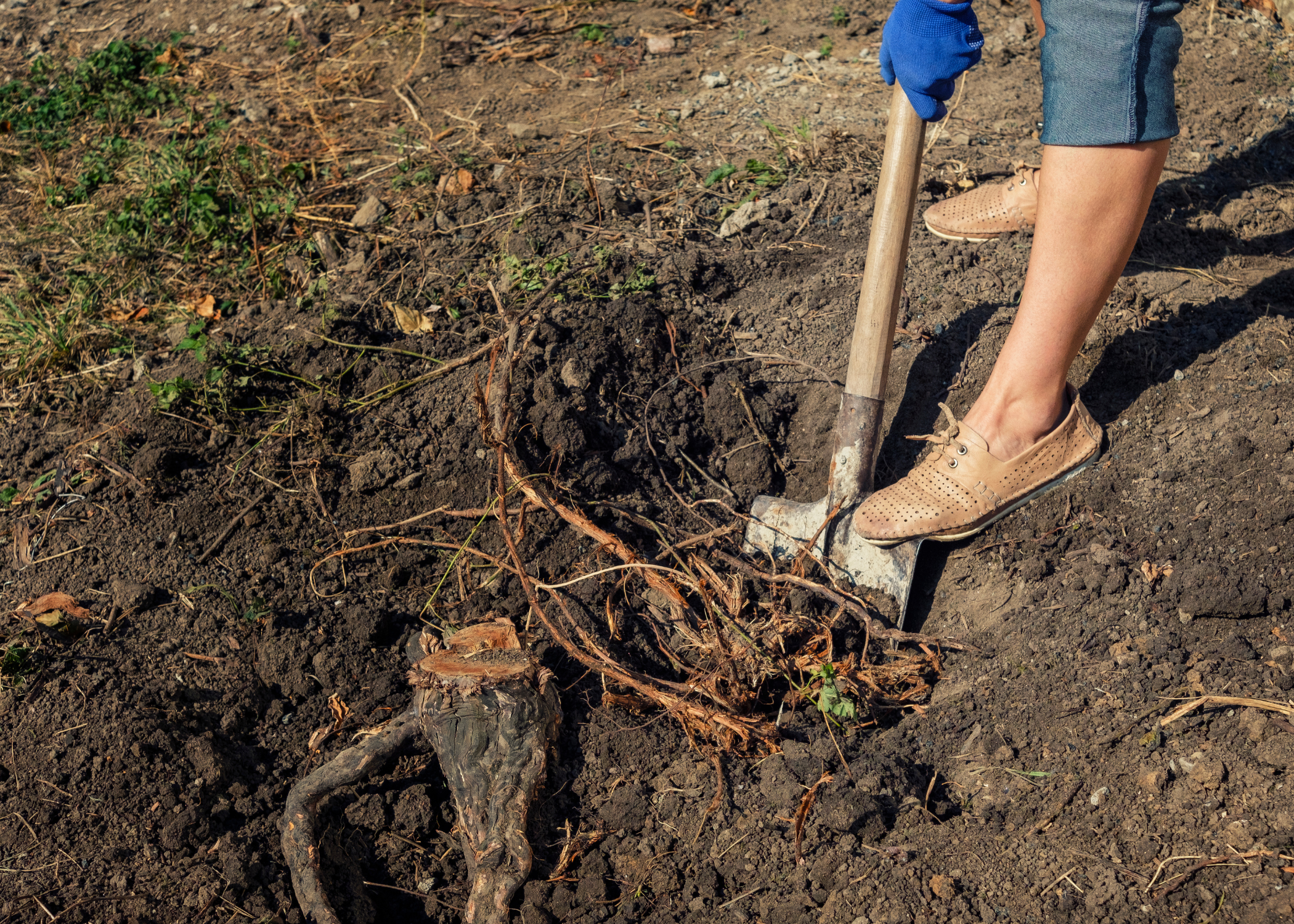Effortless Ways to Remove Tree Roots on Your Own
Removing tree roots may seem intimidating at first, but with the right tools and approach, it’s a manageable DIY project that can save both time and money. Tree roots can become troublesome when they damage sidewalks, disrupt landscaping, or invade plumbing systems. While hiring professionals is an option, taking care of the issue yourself can give you a sense of accomplishment and control over your outdoor space.
This guide will show you how to effectively kill tree roots on your own. From understanding why roots cause problems to choosing the best techniques for removal, you’ll gain the confidence to tackle this project with ease. With proper preparation and the right equipment, you can restore your yard without the expense of professional help.
Why Tree Roots Become a Problem

Tree roots are always in search of water and nutrients, which often leads them to grow in inconvenient spots. This can result in cracked sidewalks, damaged sewer lines, or unhealthy plants. Understanding tree root growth patterns is key to addressing the issue effectively.
Roots play a crucial role in anchoring the tree and supporting its structure, but when they extend beyond their natural boundaries, they can cause significant damage to property. Identifying the specific issues caused by these roots will help you select the most effective removal and prevention methods.
Tools and Materials Needed for Root Removal

Gathering the necessary tools and materials is crucial before you begin the process of killing tree roots. Essential items include a sharp spade or shovel, pruning shears, a root saw, and protective gloves. You may need a root killer or herbicide for chemical treatments. It’s also wise to have a tarp or plastic sheeting to protect surrounding plants and soil from chemical exposure.
Safety gear, such as goggles and a mask, can protect you from debris and chemical fumes. Having all your tools and materials ready before you start will ensure a smooth and efficient process, reducing the risk of injury or incomplete removal.
Manual Methods: Digging and Cutting

Manual removal is a labor-intensive but effective method for smaller root systems or when you prefer to avoid chemicals. Start by digging a trench around the tree or root area to expose the roots. Use a spade to cut through smaller roots and a root saw for larger ones.
This method requires patience and physical effort but offers the advantage of immediate results. Once the roots are cut, they can be removed and discarded. Fill the trench with soil and monitor the area for any regrowth. Manual removal is an eco-friendly option that allows for precise control over which roots are removed and preserved.
Chemical Methods: Using Herbicides and Root Killers

For larger root systems or when manual removal isn’t feasible, chemical methods can be highly effective. Products like glyphosate-based herbicides are designed to kill roots by penetrating the plant’s system and disrupting its growth processes. You can apply the herbicide directly to the roots or drill holes into larger roots and pour the solution inside.
Follow the manufacturer’s instructions carefully to avoid damaging surrounding vegetation. Chemicals can take several weeks to fully kill the roots, so patience is required. This method is particularly useful for invasive species or roots that are difficult to access manually.
Preventative Measures: Keeping Roots from Coming Back

Once you’ve removed the problematic roots, implementing preventative measures is essential to avoid future issues. Installing root barriers can prevent roots from encroaching on specific areas, such as driveways or foundations. Regularly trimming and maintaining your trees can also help control root growth.
Mulching and proper irrigation can encourage roots to grow downward rather than spreading out horizontally. Understanding the growth patterns of your trees and shrubs allows you to take proactive steps to manage root systems effectively. Preventative care not only protects your property but also promotes the health and stability of your trees.
When to Call a Professional

While DIY methods can be effective for many root issues, there are situations where professional help is warranted. Extensive root systems that threaten infrastructure or large trees with complex root networks may require the expertise of an arborist. Professionals have access to specialized equipment and knowledge that can ensure safe and thorough root removal.
If you encounter roots near utility lines or if the tree’s health is a concern, consulting with a professional can prevent further damage and ensure the longevity of your landscape. Knowing when to seek help is a key aspect of successful root management.
Related Articles
By following these guidelines, you can confidently address tree root problems in your yard. Whether you choose manual or chemical methods, understanding the process and taking preventative measures will help you maintain a healthy and beautiful landscape.
Ready to start your next project? Join our DIY community to receive tool tips, how-to guides, and exclusive creative insights. Subscribe to the ManMadeDIY newsletter now! Click here to unlock a world of hands-on inspiration.









